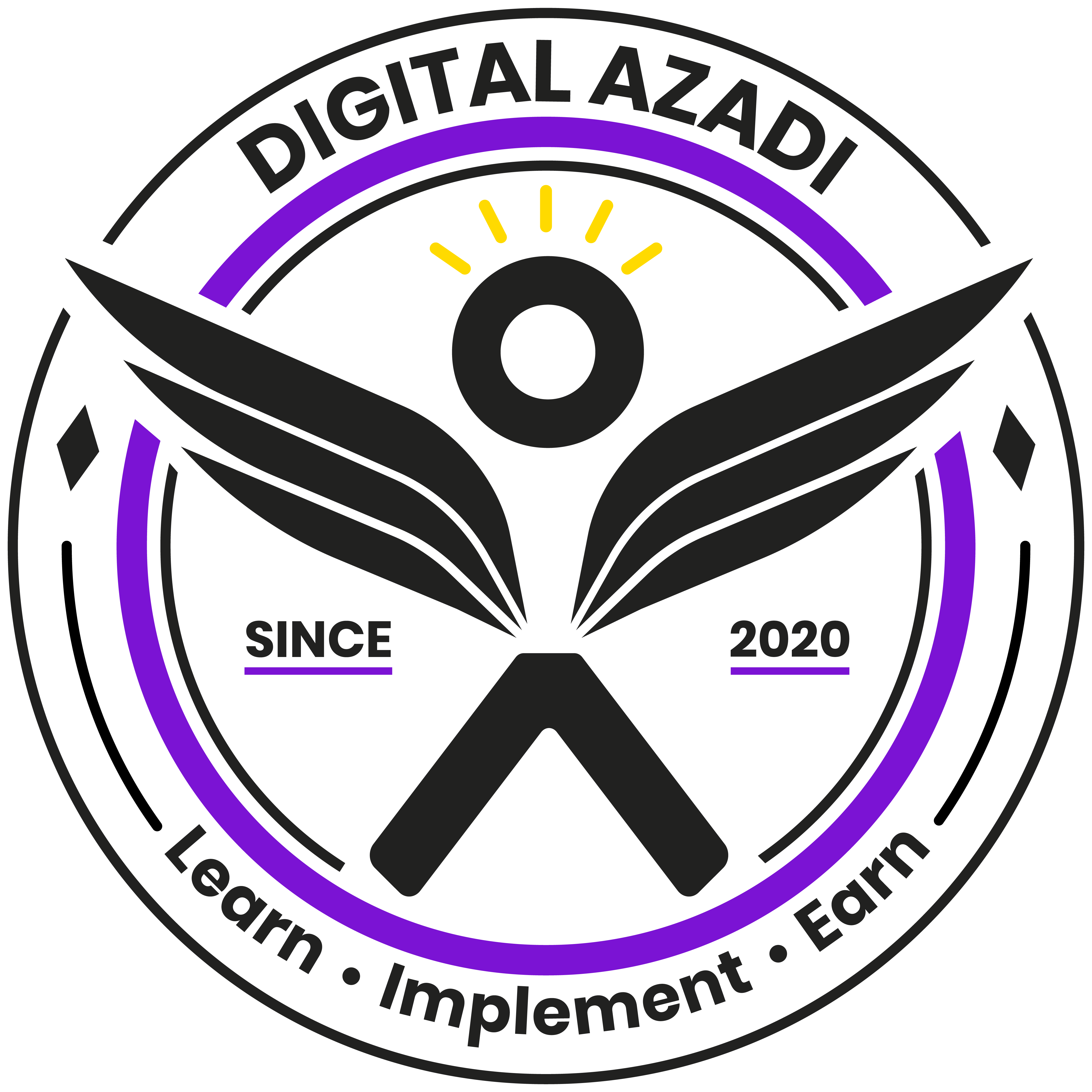Inorganic Marketing
Inorganic marketing refers to the various paid marketing tactics that businesses use to promote their products or services, such as advertising, sponsored content, pay-per-click advertising, and more.
Unlike organic marketing, which relies on building relationships and earning trust through non-paid channels, inorganic marketing involves paying for exposure and visibility.
Inorganic marketing is a way for businesses to reach a wider audience, generate more leads, increase brand awareness, and drive more traffic to their website.
Types of Inorganic Marketing
1. Search Engine Advertising: This type of inorganic marketing involves placing ads within search engine results pages (SERPs) based on specific keywords or phrases that users search for
2. Display Advertising: Display ads are graphical ads that appear on websites or apps, typically in the form of banners or pop-ups.
3. Social Media Advertising: This type of inorganic marketing involves placing ads on social media platforms, such as Facebook, Twitter, or Instagram, targeting specific demographics or user behaviors.
4. Pay-per-Click (PPC) Advertising: PPC ads are typically text-based ads that appear at the top or bottom of search engine results pages. Advertisers pay only when a user clicks on their ad.
5. Native Advertising: Native advertising is a form of paid advertising that is designed to match the form and function of the platform it appears on. For example, a sponsored post on social media that looks like a regular post.
6. Influencer Marketing: This type of inorganic marketing involves partnering with influencers or celebrities to promote a brand’s products or services to their audience.
7. Affiliate Marketing: Affiliate marketing is a performance-based marketing tactic that rewards affiliates (publishers or bloggers) for driving traffic or sales to a business’s website through a unique affiliate link.
8.Remarketing/RetargetingRemarketing involves showing ads to users who have previously visited a website or interacted with a brand, while retargeting involves showing ads to users who have interacted with a brand’s content or products but have not yet made a purchase.

Benefits of Inorganic Marketing
Increased brand visibility: Inorganic marketing can help businesses increase their visibility and reach by placing their ads or content in front of a larger audience.
Targeted audience: With inorganic marketing, businesses can target their audience more precisely by selecting the demographics, interests, and behaviors of their potential customers.
Higher website traffic: Inorganic marketing can drive more traffic to a business’s website or landing page, leading to more conversions and sales.
Faster results: Inorganic marketing can deliver faster results than organic
marketing, as businesses can see an immediate increase in visibility and traffic once their ads go live.
Measurable results: Inorganic marketing campaigns can be easily tracked and measured, allowing businesses to see the ROI of their advertising spend.
Flexibility: Inorganic marketing allows businesses to adjust their campaigns quickly and easily based on performance data, making it a flexible approach to marketing.
Competitive advantage: By investing in inorganic marketing, businesses can gain a competitive advantage over competitors who are relying solely on organic marketing tactics.
Cost-effective: Inorganic marketing can be cost-effective, as businesses can set budgets and bid on ad placements to control their advertising spend.
Brand awareness: Inorganic marketing can help businesses increase their brand awareness by putting their brand in front of a larger audience.
Reaching new audiences: Inorganic marketing can help businesses reach new audiences and expand their customer base beyond their current reach.
Challenges and limitations of Inorganic Marketing
High Cost: Inorganic marketing tactics can be expensive, especially for small businesses or those with limited budgets.
Ad Fatigue: Consumers can become overwhelmed by too many ads, leading to ad fatigue and a decreased response rate.
Competition: As more businesses invest in inorganic marketing tactics, competition for ad space and audience attention can become more intense.
Limited Control: Businesses have limited control over how their ads appear on third-party websites or platforms, which can impact the user experience and brand perception.
Dependence on Technology: Inorganic marketing tactics often rely on technology, which can be prone to technical issues, glitches, or fraud.
Limited Reach: While inorganic marketing can help businesses reach a wider audience, it may not be effective in reaching all potential customers.
Ad-blockers: Many consumers use ad-blockers, which can prevent ads from appearing on their devices and reduce the effectiveness of inorganic marketing.
Ad blindness: Consumers may become blind to certain types of ads or ignore them altogether, reducing the effectiveness of inorganic marketing.
